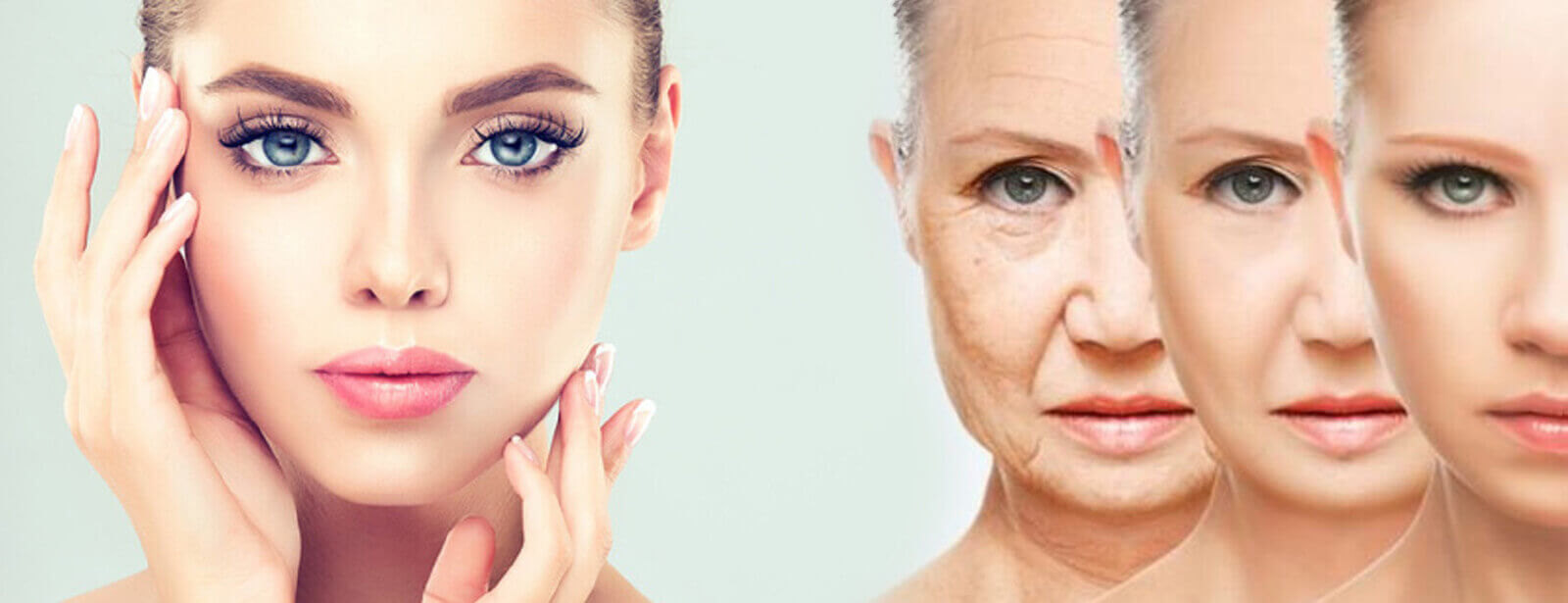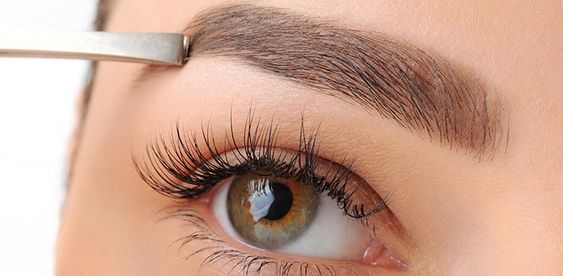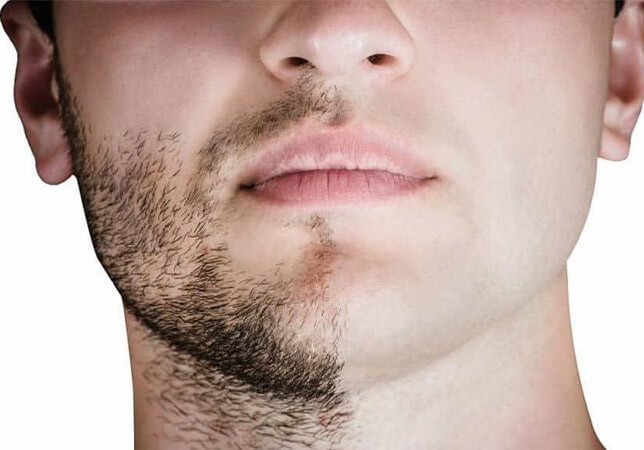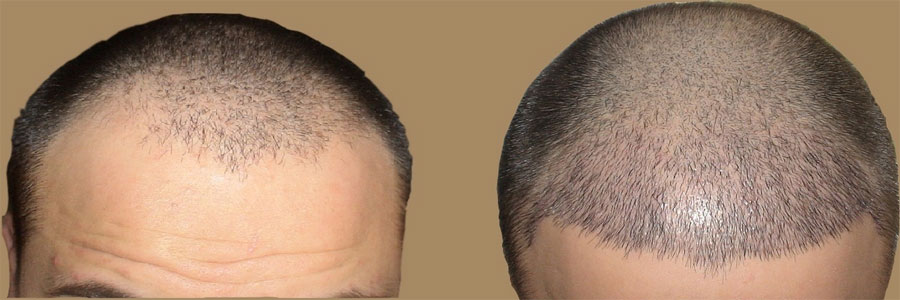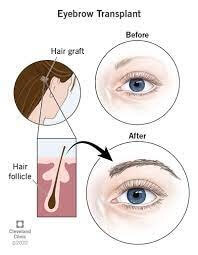
You may have noticed that lately, every site and magazine we look at, models and celebrities all have full and thick eyebrows. It seems that long and thin eyebrows, which were considered fashionable in the not-so-distant past, are now obsolete, and thick and thick eyebrows are more popular. Many applicants for eyebrow transplant are those who have naturally thin eyebrows, or over time, their eyebrows have become thin and sparse due to excessive eyebrow harvesting or aging.
The general public’s interest in having thick eyebrows, technical and scientific advances in the field of hair transplantation, as well as its wonderful results, have gone hand in hand, so that day by day, the number of applicants for eyebrow transplantation at the Khaneh Sefid eyebrow transplantation clinic as the best eyebrow transplantation clinic in Iran is increasing. become more In this article, we want to review everything you need to know about eyebrow transplant. From the basic information to the right candidate, the method of eyebrow implantation, its steps and care and complications after implantation.
What is eyebrow transplant?
Eyebrow transplant is a treatment method in which hair from a part of the head is transferred to the eyebrow area. Eyebrow transplant actually uses the same techniques and knowledge as hair transplant and is considered a subset of this treatment method. In eyebrow transplantation, not only hairs are transferred; Rather, very small organs that are responsible for making hair are transplanted in the eyebrow area. These organs are called follicles, and in this way, the implanted hairs will continue to grow until the end of their lives, and they will need to be trimmed and arranged like your natural eyebrows.
Why eyebrow transplant?
Our eyebrows are one of the most important elements of our facial beauty and have a great impact on our appearance. A person’s eyebrows are even more important than hair in terms of beauty, and there are several reasons for this. First, the eyebrows are located in a more important and central area of the face than the hair on the head. Second, the task of the eyebrows is to create a frame for the eyes, which are the most important part of the face in terms of beauty. The last point is that the receding and falling of eyebrow hair is not a natural process, unlike head hair, and therefore, it is not acceptable from an aesthetic point of view.
The loss or lack of eyebrows can have many reasons; Some of them are:
* Thyroid diseases
* General or systemic diseases
* Alopecia areata
* Burn
* Tattoo and eyebrows
* Infection
* Plucking and removing excessive eyebrows
*Congenital eyebrow growth disorder
*People who are genetically prone to losing their eyebrows or getting thin.
Anyway, the reason for your low back and hair loss is any of the above, the best way to have thick eyebrows is eyebrow transplant. Methods such as tattoo, hash, using eyebrow pencil and other similar methods can improve the appearance of your eyebrows to some extent, but they are unable to create thick and natural eyebrows. In all beautification methods, the naturalness of the results is important for all applicants. A subject that can be easily achieved in eyebrow transplantation, and this method gives you thick and natural eyebrows.
To see examples of eyebrow transplants at Khaneh Sefid Clinic, you can visit the collection’s Instagram page or our Twitter page.
Before going to the discussions related to eyebrow transplant, we must take a closer look at the morphology and physiology of eyebrows.
Determining the angle and direction of eyebrow growth is very important in eyebrow implantation.
Eyebrow morphology and physiology
Eyebrow hair has three very important features that should be paid attention to in eyebrow implantation:
1- The growth direction of eyebrow hair varies significantly in its different parts.
2- Eyebrow hair grows from the follicle at a large angle to the facial skin, which causes the eyebrow hair to lie on the skin and not grow vertically like head hair.
3- Unlike most head hairs that grow in multiple bunches (2 to 4), eyebrow hairs are single hairs.
4- The growth cycle of eyebrow hair is very different from head hair.
These structural features make eyebrow implantation require high skill and experience. In addition, the eyebrow implant plan should be in a way that looks natural and does not disturb the geometric balance of the face. Other points that are important in eyebrow implantation are the differences between men’s and women’s eyebrows, which we have examined in more detail below.
4 important characteristics of eyebrows in eyebrow implantation
1- To grow eyebrow hair
In general, eyebrows are divided into three parts, which include the head, trunk, and tail, and the direction of hair growth is different in each part. In the bottom image, the red line indicates the “head” section, the blue line indicates the “trunk” and the green line indicates the “tail” of the eyebrow.
*Head part: This part is the innermost area of the eyebrow and its length is 5 to 7 mm. The hair in this area grows upward and is typically thinner and lighter in color. Some eyebrow transplant applicants are not interested in filling this area and prefer it to have minimal thickness.
* Trunk part: The central part of the eyebrow, which is about 2.5 cm long, is the densest and widest part of the eyebrows. In the parts of the trunk that are closer to the nose, the hair grows upwards and outwards. Exactly in the middle of the trunk, the angle of the middle layer changes in line with the arch of the brow bone. In this area, the hairs on the upper border of the eyebrow grow downwards and the hairs on the lower border grow upwards.
* Tail section: 2 cm from the end of the eyebrow, from where the eyebrow bend begins to the end, is called the tail. This part of the eyebrow has little density and is covered with thin hair.
